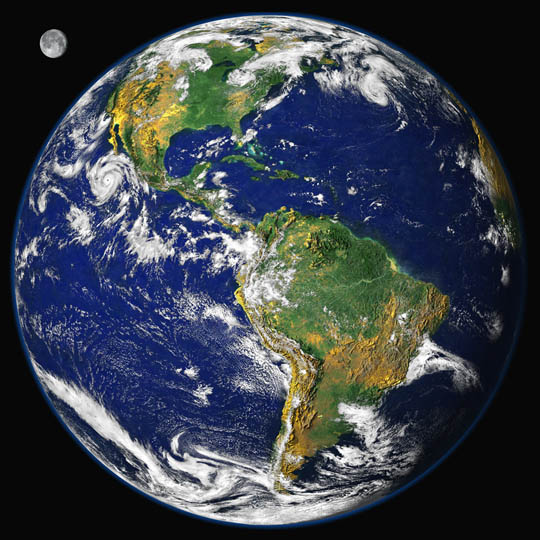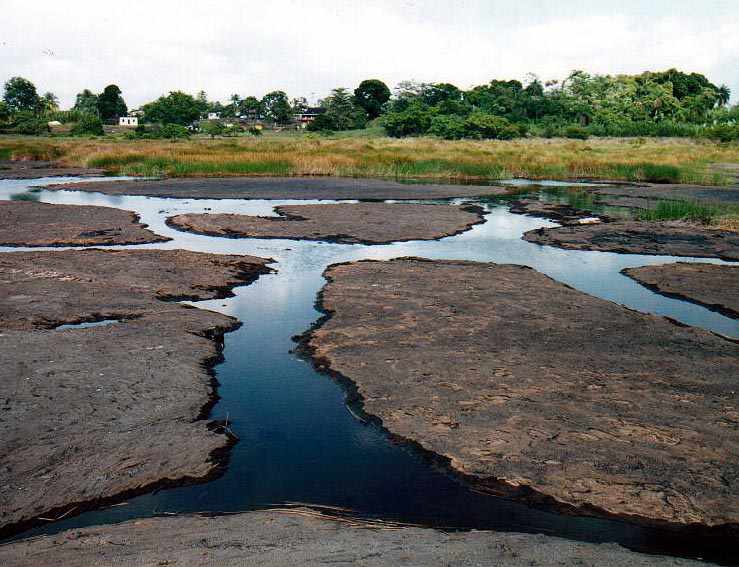Have you ever gazed up at the Earth’s sky on a cloudless night? It is as if you are peering through a vast looking glass into a realm much greater than anything imaginable. Although at times forgettable, Earth is but a mere morsel of our solar system. Many planets and moons of varying size and environments occupy outer space, none of which resemble our green and blue globe.
For centuries it has been thought that Earth was the only planet that could possibly contain living organisms. Extraterrestrial environments were deemed too extreme to inhabit any life forms. It is known that the unique characteristics of our globe give rise to life as we know it – insects, amphibians, and mammals with protruding limbs and highly developed body systems. However, it is this common misconception of defining “life” on a large broadband scale that leads to the unaccepted notion of life existing in space. Surely, birds and fish do not occupy their skies and waters. But what about infinitesimal, single-celled organisms invisible to the naked eye?
If microbial units could thrive in environments present on Earth that mimicked the extreme nature of those found in space, could this serve as a model for potential extraterrestrial life?
Audio clip: Adobe Flash Player (version 9 or above) is required to play this audio clip. Download the latest version here. You also need to have JavaScript enabled in your browser.
A recent study by a UBC microbiologist may be the missing piece to the multifaceted puzzle. Dr. Steven Hallam conducted an experiment at Pitch Lake, Trinidad, where its unique liquid-asphalt composition provided a strikingly similar atmosphere to that found on Saturn’s moon, Titan. If life forms could thrive in such an extreme environment like Pitch Lake, could there be a possibility of life in outer space? Samples from Pitch Lake were extracted, frozen, and shipped to UBC laboratories to be tested. The results were extraordinary – unique Archaeal groups thrived deep in the sediments of this hydrocarbon lake.
https://www.youtube.com/watch?v=Em0MZ39SLXk&feature=youtu.be
To many, the plausibility of life forms existing outside of planet Earth seems farfetched, even impossible. Undoubtedly, as expressed by Dr. Hallam, the results of this single experiment cannot provide concrete conclusions for life forms present on other planets. However, it does provide a basis for possible future studies. As researches continue to investigate types of life forms and their abilities to strive in altering environments, we gain a better understanding of the definition of “life”.
Acknowledgements:
We would like to extend our deepest gratitude to Dr. Steven Hallam, for his generosity in volunteering his time to share his amazing research and knowledge. We would also like to thank Eric Jandciu and the Scie300 team for the chance to indulge in such an inspiring project, and for their constant guidance and support.
References:


